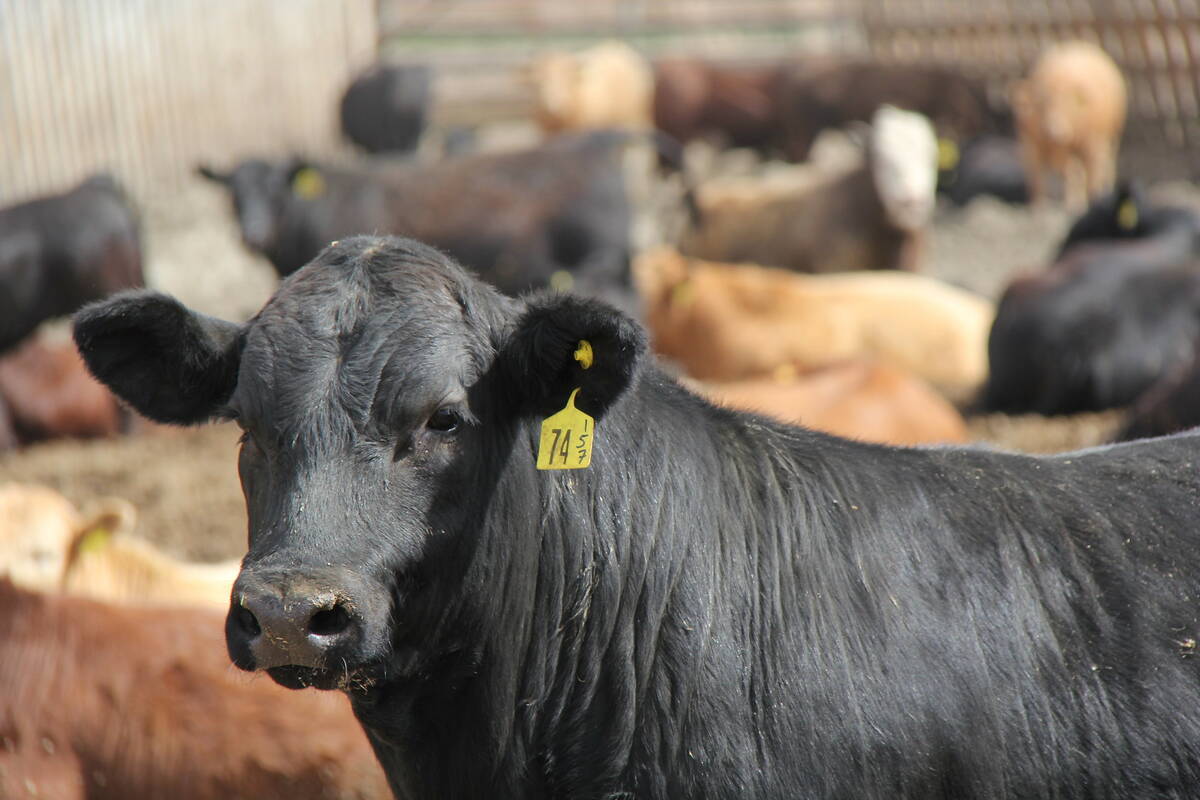CNS Canada — Soybean futures at the Chicago Board of Trade posted sharp gains over the past week, as weather concerns in Argentina and a bullish U.S. Department of Agriculture report sparked a rally.
South American weather also underpinned the corn market — and both commodities will be following the forecasts out of the region closely over the next while.
“We’ve added an enormous amount of value,” said Rich Feltes of RJ O’Brien in Chicago on the 63-cent-per-bushel weekly rise in the front month.
Read Also

Klassen: Cash feeder market divorces from futures market
For the week ending October 11, Western Canadian yearling markets traded $8/cwt higher to $5/cwt lower compared to seven days…
March soybeans, which settled at $10.75 per bushel on Wednesday, could go up to the $11 per bushel level (all figures US$). However, the strength in the futures was also bringing in more hedge selling interest.
While a smaller-than-expected U.S. production number from USDA provided the initial strength in soybeans, the longer-term strength comes from South American weather concerns as excess moisture hurts both yields and acres in Argentina.
“Until we sort out the actual loss in Argentina, I think the bean market will stay fairly well supported,” said Feltes.
The Brazilian safrinha, or second corn crop, will soon go through its growing season, he added. Problems with that crop triggered a rally in the grain markets in 2016, and market participants may show some caution over the next few months amid uncertainty over repeat.
Corn futures have posted gains in recent sessions as well, but the advances are much more subdued than in soybeans.
“Corn is a little different,” Feltes said, adding “there’s nothing on the table to suggest there won’t be a 20 million-tonne increase in South American production.”
While continued strength in beans may provide some spillover support for corn, he said there were fewer corn-specific reasons for the grain to go up on its own.
— Phil Franz-Warkentin writes for Commodity News Service Canada, a Winnipeg company specializing in grain and commodity market reporting.

















